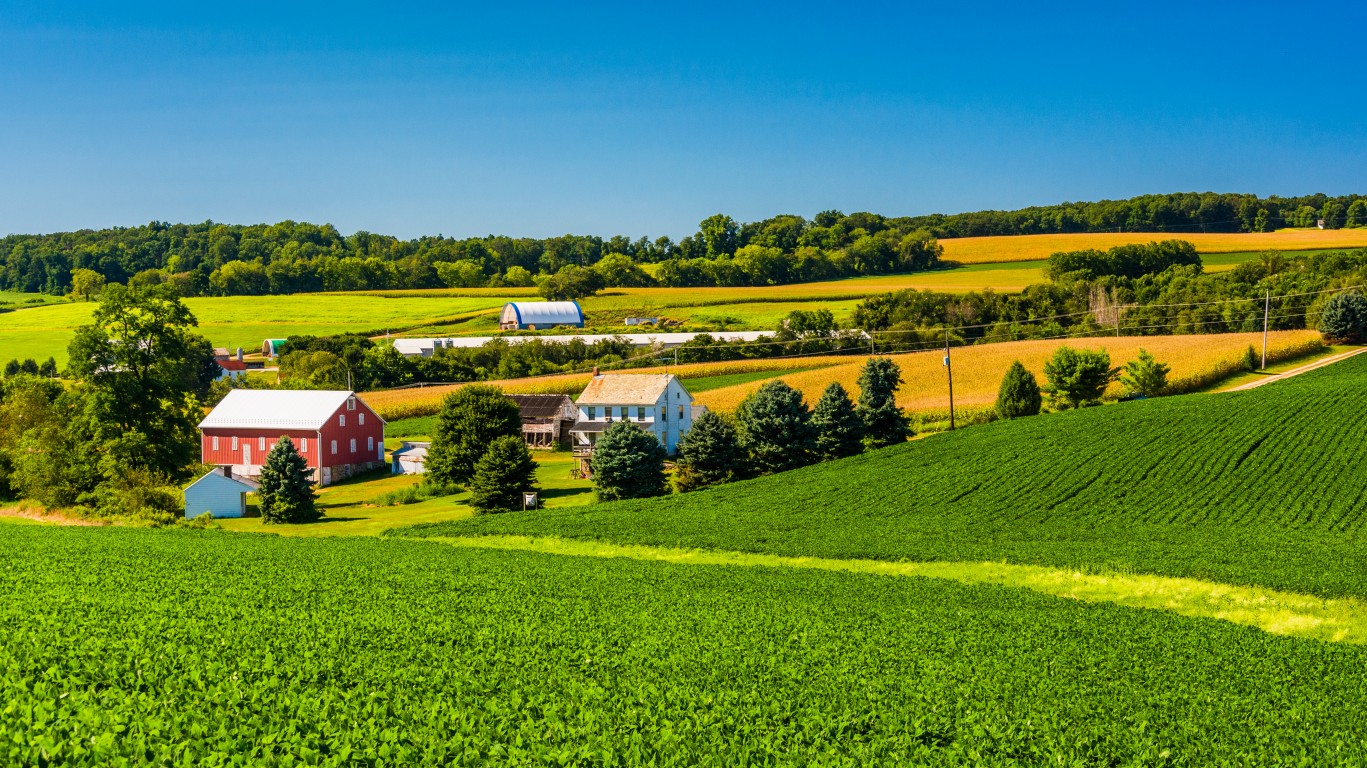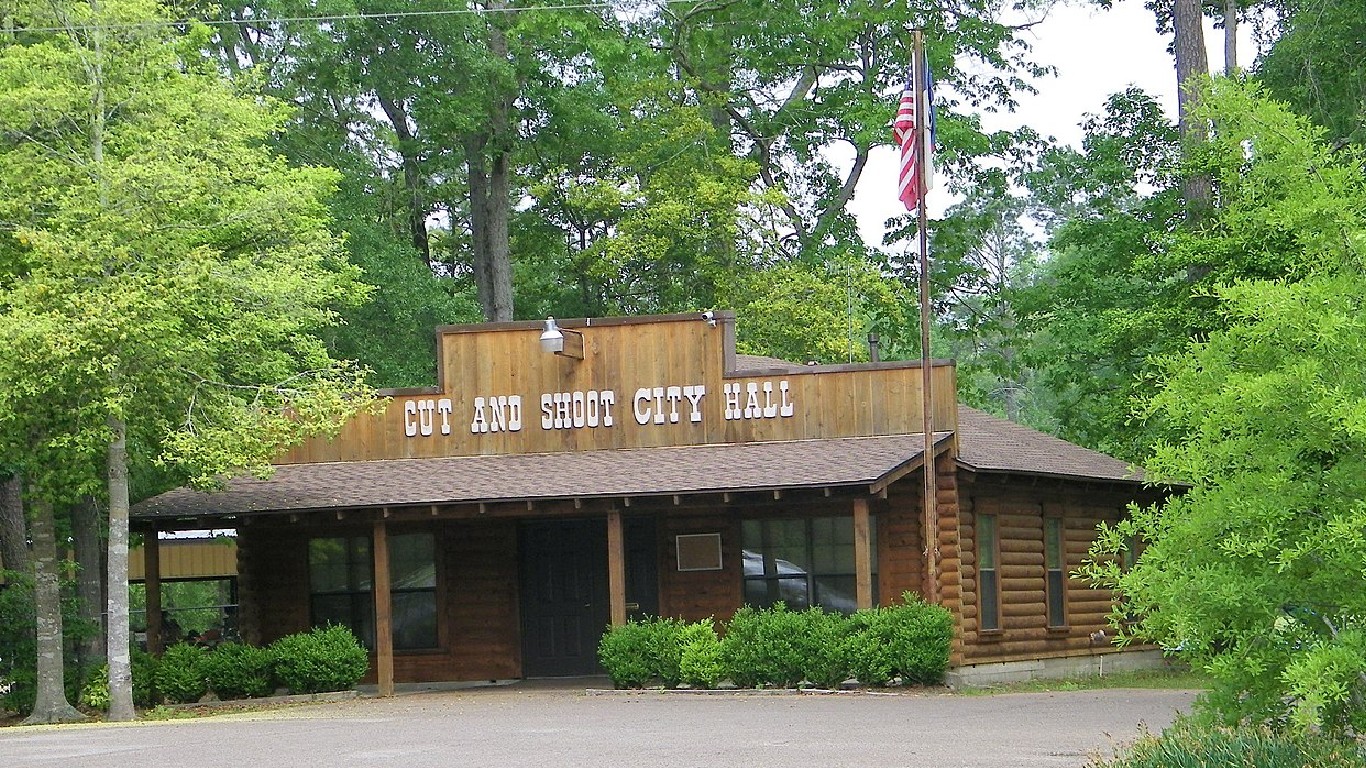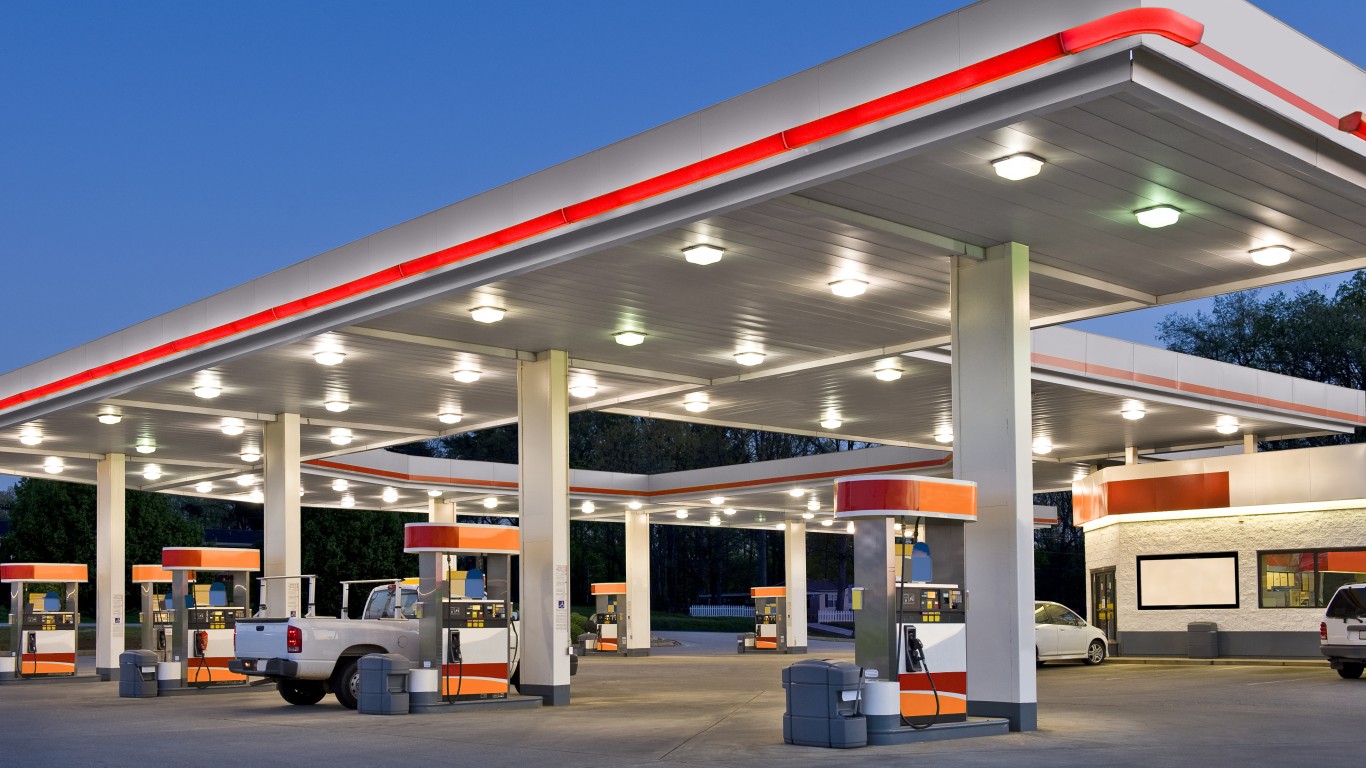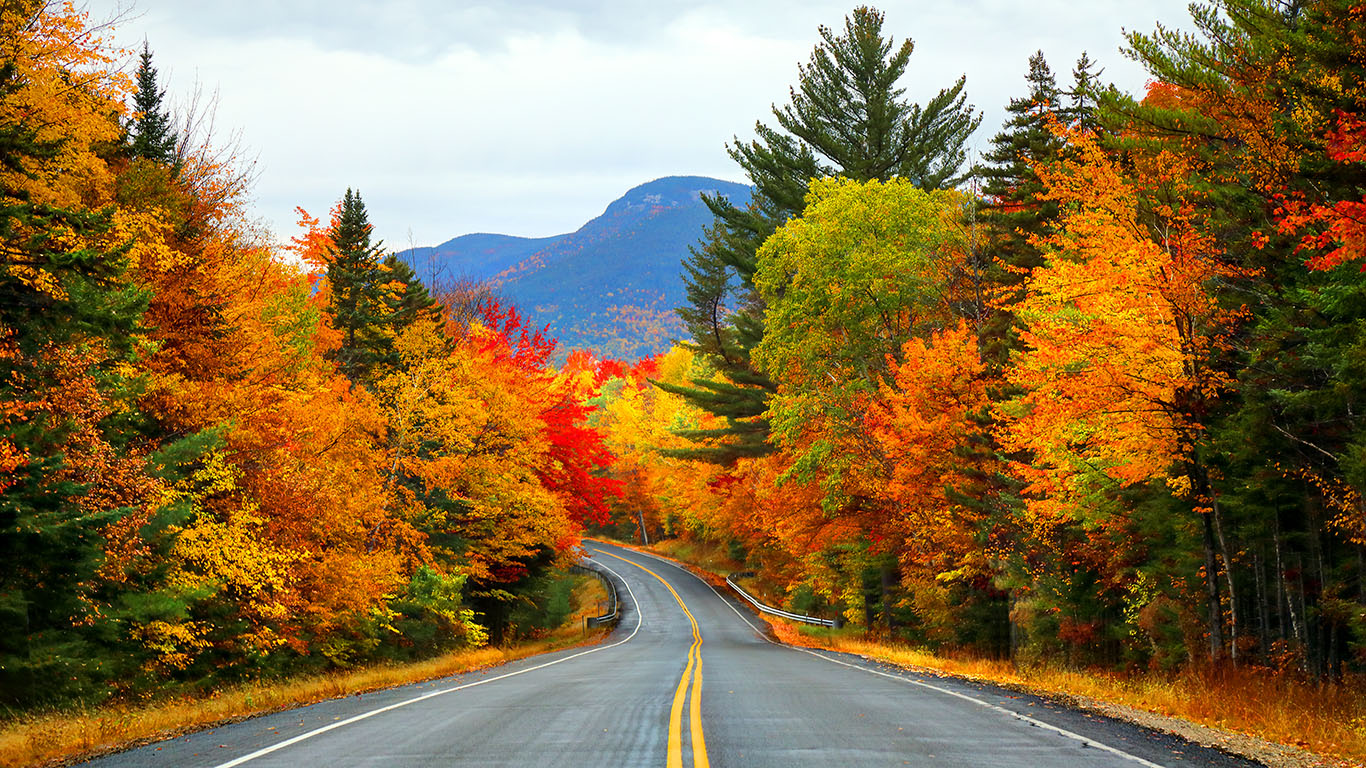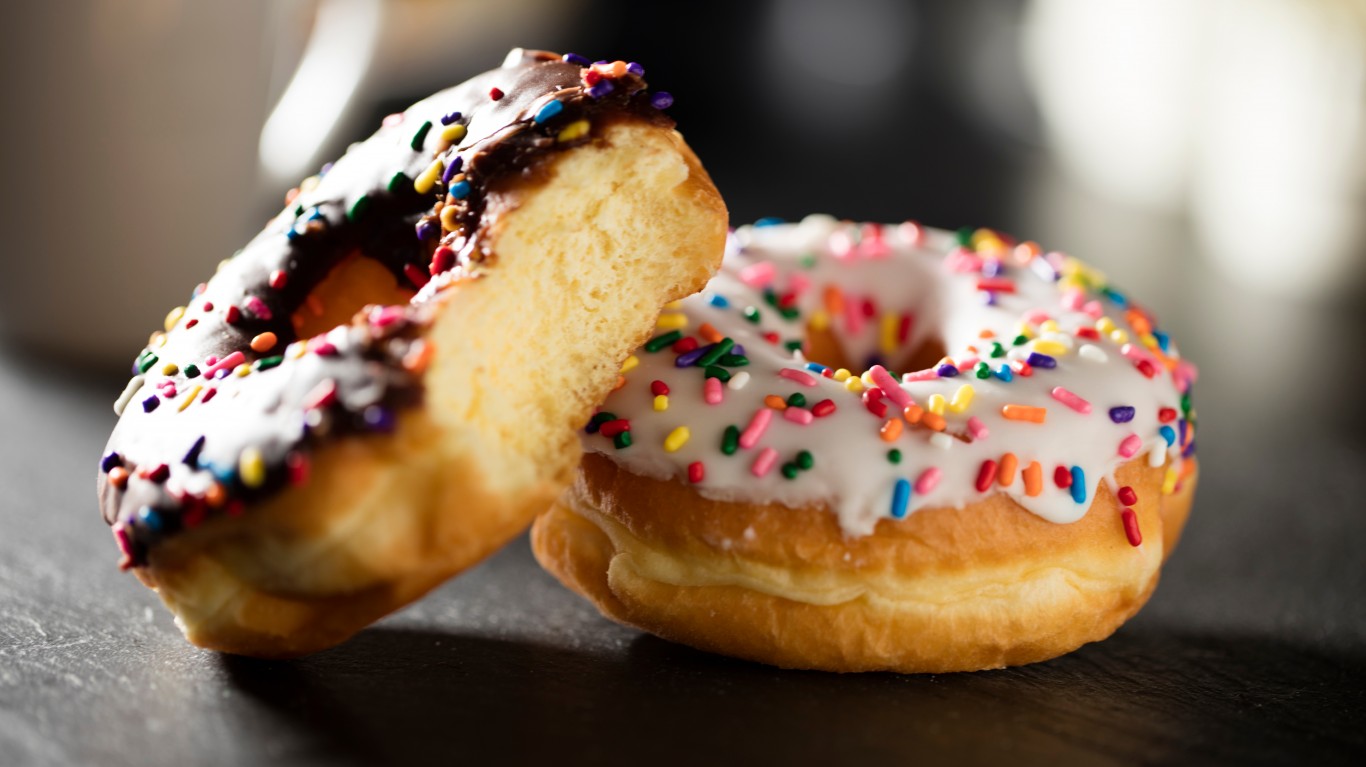Pennsylvania
One of the original 13 colonies, Pennsylvania became the second U.S. state on December 12, 1787. With a current population of 12.8 million, Pennsylvania is the fifth-most populous state in the country. The state ranks in the middle third of the best states to live in based on key measures like unemployment, poverty rate and average life expectancy at birth.
Population growth has been relatively slow in the state in recent years. Over the 10-year period to 2019, Pennsylvania’s population grew by just 1.6%, slower than the vast majority of states and well below the national average of 6.6%.
The unemployment rate in 2018 was 4.3%, higher than the national rate of 3.9%. Despite a weaker than average job market, the percentage of residents living below the poverty line totaled 12.2%, significantly lower than the national poverty rate of 13.1%.
Crime in Pennsylvania
Pennsylvania’s violent crime rate of 306.0 incidents for every 100,000 residents is well below the national average of 380.6 per 100,000. In 2018, there were 784 murders committed in the state, more than in the majority of other states.
The state’s incarceration rate is 473 adults per 100,000 residents 18 or older, slightly lower than half the states. One of the most dangerous cities in the state is McKeesport, about five miles southeast of Pittsburgh. McKeesport had 1,530.0 violent crimes for every 100,000 people in 2018.
The Pennsylvania Economy
With a 2018 gross domestic product (GDP) of $712.1 billion, the Pennsylvania economy is among the largest in the 50 states. Its largest industry is broadcasting and telecommunications (excluding internet), which employs 35,146 people statewide and generates about 6.5% of the state’s total GDP. Between 2013 and 2018, the total economic output of the state’s top industry jumped by 41.1%. Still, overall economic growth in Pennsylvania rose by 2.1% in 2018, well short of the national average GDP growth of 2.9%.
Pennsylvania has an underemployment rate (which accounts for unemployment and people who have taken part-time work out of necessity) of 7.9%. The state ranks in the upper third among the most difficult states in which to find full-time work.
Employment opportunities tend to go up with educational attainment. In Pennsylvania, nearly a third (31.8%) of the state’s adults have a bachelor’s degree, below the national average of 32.6%. Nearly 91% of the state’s workers have at least a high-school diploma, compared to a national percentage of 88.3%.
Pennsylvania’s median household income of $60,095 is lower than the national median of $63,179.
Thank you for reading! Have some feedback for us?
Contact the 24/7 Wall St. editorial team.

